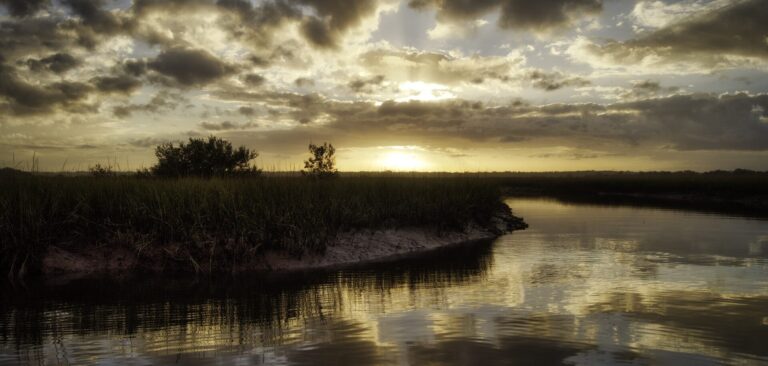US researchers have revealed how tidal salt marshes along America’s East Coast have built elevation more quickly to keep pace with accelerating sea level rise over the last century, but warn that this process has its limits.
According to the researchers, the factors affecting how quickly a salt marsh accumulates soil include how much sediment is deposited in the wetland during tidal floods, and how much organic matter from the marsh’s plants escapes decomposition.
Sediment supply to marshes can be limited by human activities such as the building of dams, or can be increased by causing erosion upstream, often through clearing land for agriculture. Cooler temperatures also allow more organic matter to accumulate.
With slower sea level rise, sediment and vegetation is plentiful, and coastal wetlands can keep pace with rising waters. But if sea level rises too quickly, that balance is lost.
Nathaniel Weston, lead author and ecosystems ecologist at Villanova University, Pennsylvania, said, “These feedback cycles allow a marsh to keep up and increase its rate of soil accretion up until a point where it just can’t. After that, it falls off the other end and can no longer exist as a marsh. And it’s very likely that will happen in many places.”
The new study is the first to assess the race on a large scale, comparing soil accretion rates using soil core from nine salt marshes from Maine to Georgia. The dark, peaty columns record more than 100 years of the marshes’ histories, and researchers dated the soil to calculate how quickly the wetlands grew over time and how that rate changed.
Although soil accretion sped up in all nine marshes, only six marshes built soil at roughly the same rate as sea level rise over the past century. Three marshes in North Carolina, South Carolina and Virginia could not keep up with local sea level rise due to rapid sea level rise, low sediment supplies from damming, and warmer temperatures.
“This is the first study to document what’s happening on this scale, across pretty much the entire East Coast,” said Weston. “We were definitely excited to see fairly consistent results across our sites, where the marshes were increasing their rate of soil accretion.”
Many coastal salt marshes around the world may be accelerating their growth, too, at least for the moment, Weston said.
To slow the process of inundation, communities could install “living shorelines” of vegetation to retain sediment, Weston said. An expensive but temporary solution is to spray a slurry of mud and water over the marsh, which adds a few millimeters of sediment and can offset sea level rise a few years.
To view the complete study published in the journal Earth’s Future, click here.



